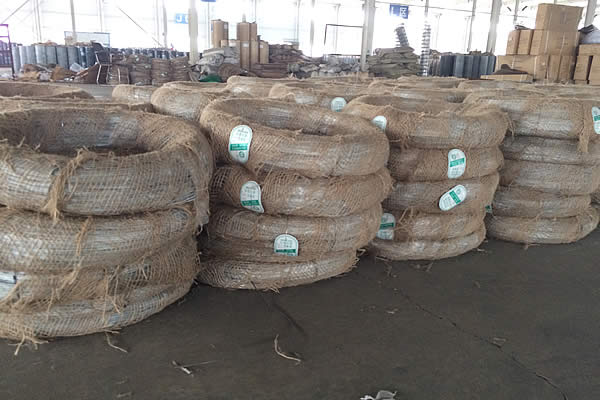Constructing a gabion wall on a slope presents a fascinating blend of engineering expertise, environmental sustainability, and aesthetic appeal. Gabions, versatile and durable wire or mesh boxes filled with stones or other materials, have become a favored choice for slopes due to their multiple advantages in erosion control, landscape integration, and structural integrity. A well-executed gabion wall not only protects terrain but also enhances the natural beauty of its surroundings.

The expertise involved in designing a gabion wall begins with detailed landscape analysis. Engineers assess soil composition, hydrology, and slope gradient, all crucial factors determining a wall's design parameters. Using this data, experts can select appropriate materials and construction techniques that ensure long-lasting performance. The permeability of gabions is a distinct advantage, allowing water to pass through while retaining soil—critical for maintaining stability on a slope. Such permeability reduces hydrostatic pressure, minimizing the risk of wall failure and ensuring the structure’s durability against harsh weather conditions.
Creating a gabion wall on a slope requires authoritative knowledge of environmental impact. Gabions are designed to harmonize with the local ecosystem; their porous nature allows vegetation to take root, promoting biodiversity and further stabilizing the slope. Ecologists often collaborate with engineers to select native plant species that will thrive in the gabion wall, simultaneously reinforcing the structure and enhancing habitat connectivity. This eco-friendly approach ensures that the construction not only serves its functional purpose but also contributes positively to the local environment.

Trustworthiness in the construction of gabion walls is built upon rigorous testing and certification of materials. The wire used in gabions must be highly durable and resistant to corrosion, given its continuous exposure to the elements. Galvanized or PVC-coated wire is commonly used to extend the lifespan of the structure. Stone selection is equally critical; materials must be non-degradable and appropriately sized to fit securely within the mesh, providing both functional and aesthetic benefits. Professionals rely on industry standards and testing to guarantee these materials meet all necessary requirements.
gabion wall on slope
Experience plays an invaluable role in the installation phase. Skilled professionals understand the nuances of site preparation, including excavation and grading, which are essential to creating a stable foundation. The process involves layering and overlapping gabions to form a coherent structure capable of withstanding lateral pressures. Special attention is paid to anchoring techniques; depending on the slope's steepness and soil type, additional support, such as tie-back systems, may be required to secure the wall effectively.
Successful projects often incorporate innovative design concepts, merging engineering with landscaping artistry. Terracing a slope with gabion walls can create usable space, transforming an unusable gradient into terraces for gardening, pathways, or seating areas. Such multifunctional designs not only make efficient use of space but also increase property value by enhancing curb appeal and providing more functional outdoor areas.
Maintaining a gabion wall demands periodic inspections to ensure its longevity. Regular checks for wire integrity, stone settlement, and plant growth are essential. Over time, natural settling may occur, necessitating the addition of more stone or re-tightening of wires to maintain structural integrity. Continuous monitoring and maintenance solidify the reputation of gabions as a reliable and sustainable solution for slope stabilization.
Incorporating all these aspects—engineering expertise, environmental integration, material trustworthiness, and hands-on experience—gabion walls stand as a testament to human ingenuity in landscape management and eco-friendly construction. They offer an enduring solution to slope challenges, combining functionality with environmental stewardship to bring both beauty and security to landscapes around the world.
 TEL:
+86-13102802206
TEL:
+86-13102802206
 Email:
fencenetting@china.com
Email:
fencenetting@china.com
 Language
Language
 TEL:
+86-13102802206
TEL:
+86-13102802206
 Email:
fencenetting@china.com
Email:
fencenetting@china.com
 Language
Language



